Empowerment Through Art: International Day of People with Disabilities
As the gentle breeze of December whispers its arrival, we find ourselves turning our collective gaze towards the International Day of People with Disabilities. Established by the United Nations, this annual celebration serves to raise awareness and promote understanding of disability issues. In this journal, we shall embark on an exploration of the enchanting world of African art and its role in empowering individuals with disabilities, weaving a tale of self-expression, communication, and inclusivity.
In a world where the arts hold an almost mystical power, they offer a unique platform for fostering inclusivity and understanding. And nowhere is this more evident than in the rich cultural tapestry that is African art. With its diverse and vibrant history, African art provides a unique perspective on the intersection of art and disability, weaving a narrative that transcends boundaries and challenges preconceptions.
The Impact of African Art on Individuals with Disabilities
To truly appreciate the transformative power of African art, we must delve into the stories of those who have found solace, strength, and inspiration in its embrace. Take, for instance, the remarkable journey of Tafadzwa Gwetai, a Zimbabwean artist with a hearing impairment. Despite the challenges he faced, Gwetai found his voice through art, creating vibrant abstract paintings that have garnered international acclaim.
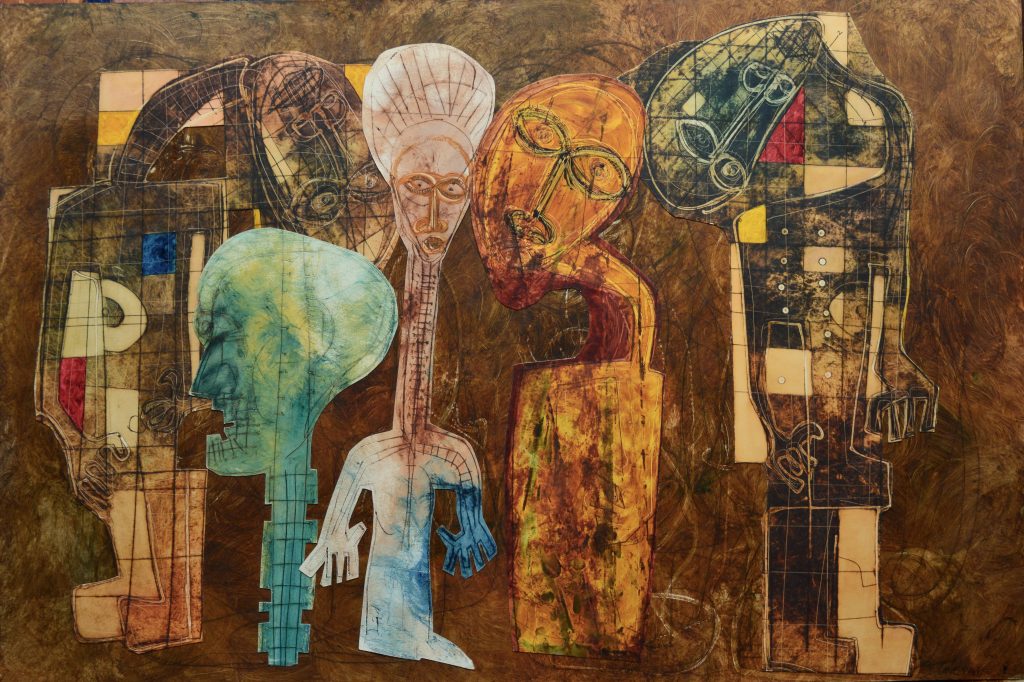
Similarly, we are drawn to the tale of Farida Bedwei, a Ghanaian software engineer and artist with cerebral palsy. Turning to the canvas to express herself, Bedwei’s work serves as a testament to the strength of the human spirit, challenging societal stereotypes and defying limitations.
Across the African continent, art therapy programs have flourished, offering individuals with disabilities the opportunity to explore their creative potential and find healing. In South Africa, the Lalela Project provides art therapy for at-risk youth, including those with disabilities, fostering resilience and personal growth. And in Nigeria, the Tender Arts Nigeria organization utilizes art therapy to empower children with support needs, allowing them to develop social skills and enhance their self-esteem.
Promoting Inclusivity and Accessibility in the African Art World
As we journey through the African art landscape, we encounter a myriad of initiatives designed to promote inclusivity and accessibility. In Kenya, the Art for Inclusion project aims to create accessible art spaces and exhibitions for people with disabilities, ensuring that the beauty and wonder of art are available to all who seek it. Meanwhile, in Uganda, the Afriart Gallery champions the work of disabled artists, providing a platform for their voices to be heard and their talents to be celebrated.
Education, too, plays a crucial role in fostering an inclusive art community. In Zimbabwe, the National Gallery of Zimbabwe offers art workshops for children with disabilities, nurturing their creative potential and instilling a sense of belonging. And in South Africa, the Disability Arts Development Programme seeks to empower disabled artists through skill development and mentorship, laying the foundation for a more inclusive and diverse art world.
The Role of Technology in Enhancing Artistic Experiences for People with Disabilities
As we venture into the realm of technology, we find a veritable treasure trove of opportunities for enhancing the artistic experience of individuals with disabilities. Virtual reality and augmented reality have emerged as powerful tools in the world of art, allowing disabled individuals to transcend physical limitations and immerse themselves in a realm of boundless creativity. In Egypt, the Zamalek Art Gallery has embraced this brave new world, offering virtual reality exhibitions that enable individuals with mobility impairments to explore the wonders of art from the comfort of their own homes.
Adaptive tools and equipment have also revolutionized the creative process for artists with disabilities. In Nigeria, the Art of the Hand organization provides disabled artists with customized tools and equipment, allowing them to bring their visions to life with newfound ease and confidence. And in South Africa, the groundbreaking organization ArtAbility has developed innovative technologies that empower artists with disabilities to create stunning works, regardless of physical limitations.
The digital realm has also opened up new avenues for showcasing and selling the work of disabled artists. Online platforms such as the Disability Arts Online and the African Artists Foundation provide a global stage for these talented individuals, fostering recognition and economic empowerment.
The Power of Art in Breaking Down Barriers and Challenging Stereotypes
As we contemplate the power of art to challenge stereotypes and dismantle barriers, we are reminded of its unique ability to raise awareness about disability issues and serve as a catalyst for social change. In Ethiopia, the Addis Foto Fest has embraced this potential, featuring the work of disabled photographers and promoting a more inclusive vision of the art world. Similarly, in Kenya, the Brushes with the Law project uses art to advocate for the rights of incarcerated individuals with disabilities, shedding light on their often-overlooked struggles.
Through these and countless other examples, African art has demonstrated its capacity to bridge divides, fostering empathy and understanding while championing the cause of disability rights. In doing so, it has illuminated the path towards a more inclusive and compassionate society, one in which disability is celebrated, embraced, and valued.
In this enchanting journey through the world of African art, we have discovered a realm of empowerment, self-expression, and communication. From the personal stories of Tafadzwa Gwetai and Farida Bedwei to the myriad of initiatives promoting inclusivity and accessibility, African art has proven itself to be a force for good, harnessing its transformative power to uplift individuals with disabilities and foster understanding.
As we celebrate the International Day of People with Disabilities, let us take this opportunity to champion the cause of disabled artists, support their work, and advocate for greater accessibility and inclusivity in the art world. By doing so, we contribute to the ongoing narrative of empowerment and understanding, and we help shape a world where disability is not a source of limitation but of inspiration and strength.
In the immortal words of Vincent van Gogh, “I dream my painting and I paint my dream.” Let us all dream together of a world where the power of art transcends boundaries, breaking down barriers and fostering an environment in which each individual can realize their fullest potential, regardless of the challenges they may face. For, in the end, it is through the transformative power of art that we may truly find ourselves united in our shared humanity.
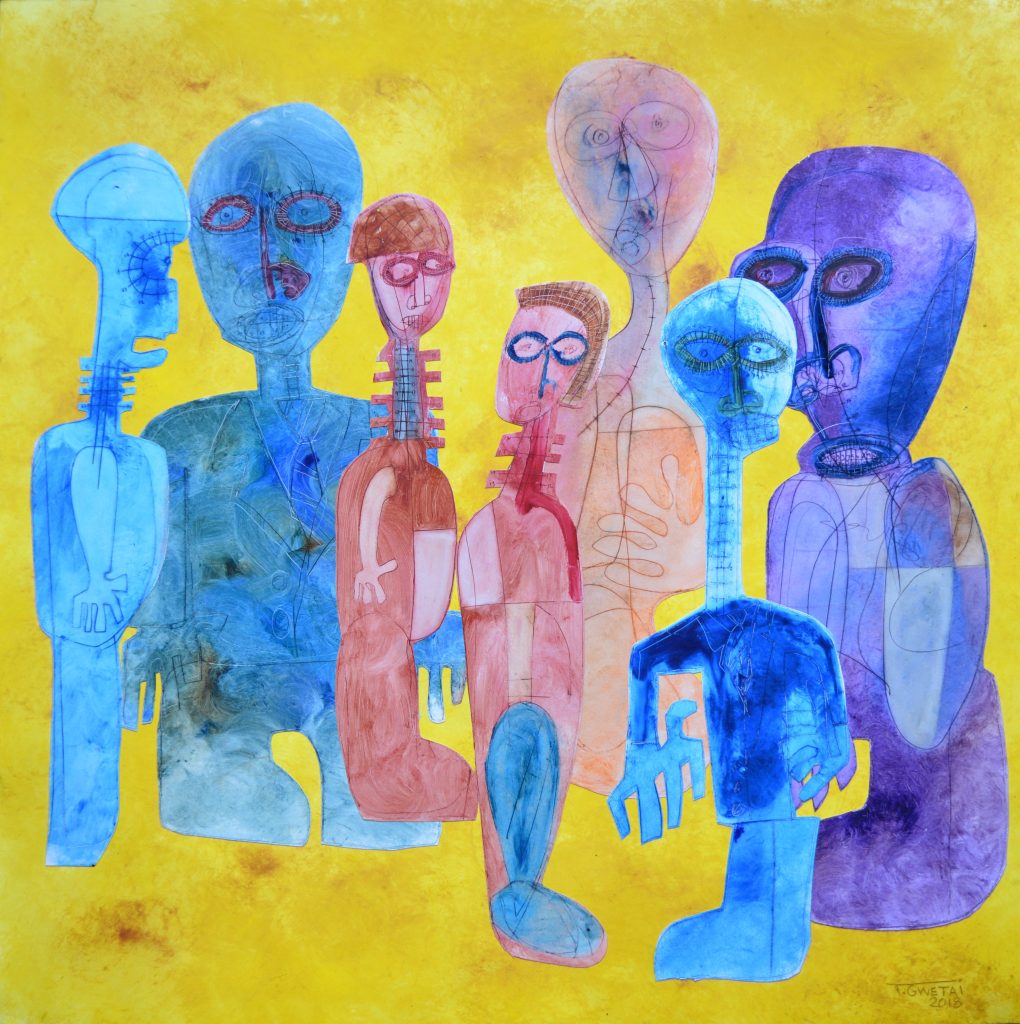
Frequently Asked Questions
Q: Why celebrate International Day for persons with disabilities?
A: Celebrating the International Day of People with Disabilities raises awareness, promotes understanding of disability issues, and encourages support for the dignity, rights, and well-being of persons with disabilities. It also helps increase awareness of the benefits of integrating persons with disabilities into all aspects of society.
Q: How do you celebrate International Day for disabilities?
A: You can celebrate the International Day for disabilities by participating in local events and programs, supporting disabled artists and their work, advocating for greater accessibility and inclusivity, and raising awareness about disability issues through social media and personal conversations.
Q: What color is International Disability Day?
A: The color often associated with International Disability Day is blue, symbolizing solidarity and support for persons with disabilities. However, various organizations and causes related to disability may have their specific colors.
Q: Is ADHD considered to be a disability?
A: Yes, Attention Deficit Hyperactivity Disorder (ADHD) is considered a disability under certain legal frameworks and definitions. Depending on the severity of the condition and its impact on an individual’s daily life, ADHD may qualify as a disability under educational and employment laws, such as the Americans with Disabilities Act (ADA) in the United States.
Q: Is Autism a disability?
A: Yes, Autism Spectrum Disorder (ASD) is considered a developmental disability that affects an individual’s social, communication, and behavioral skills. Autism is recognized as a disability under various legal frameworks and definitions, including the Americans with Disabilities Act (ADA) in the United States and the United Nations Convention on the Rights of Persons with Disabilities.

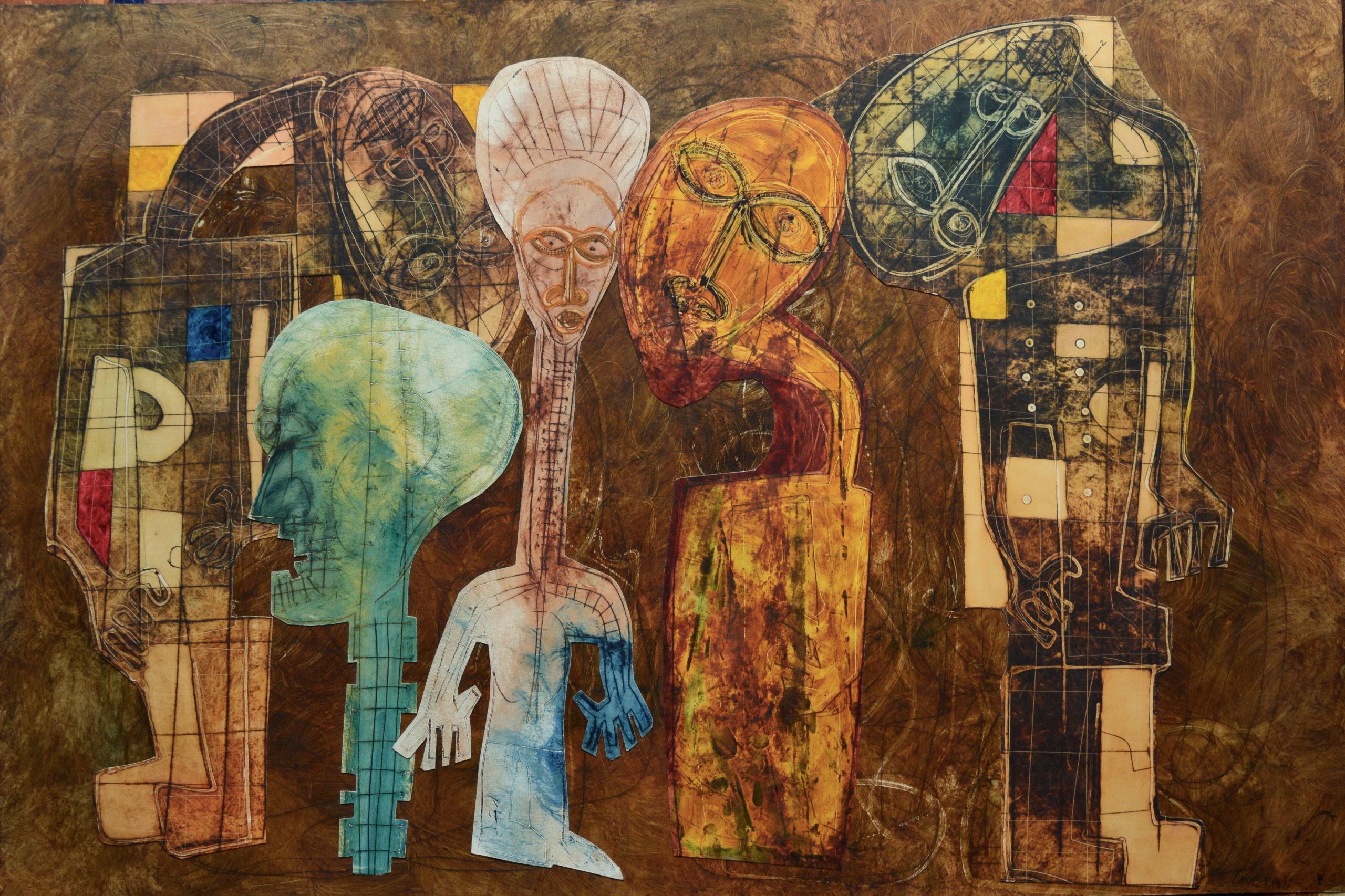
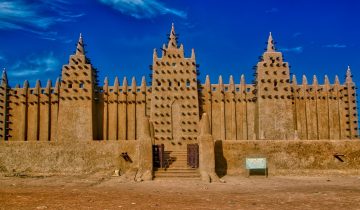
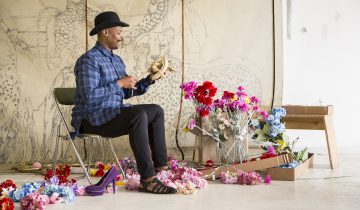
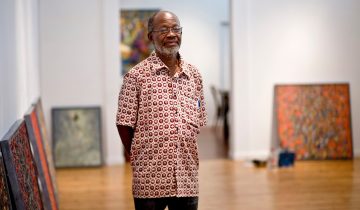
 No products in the basket.
No products in the basket.